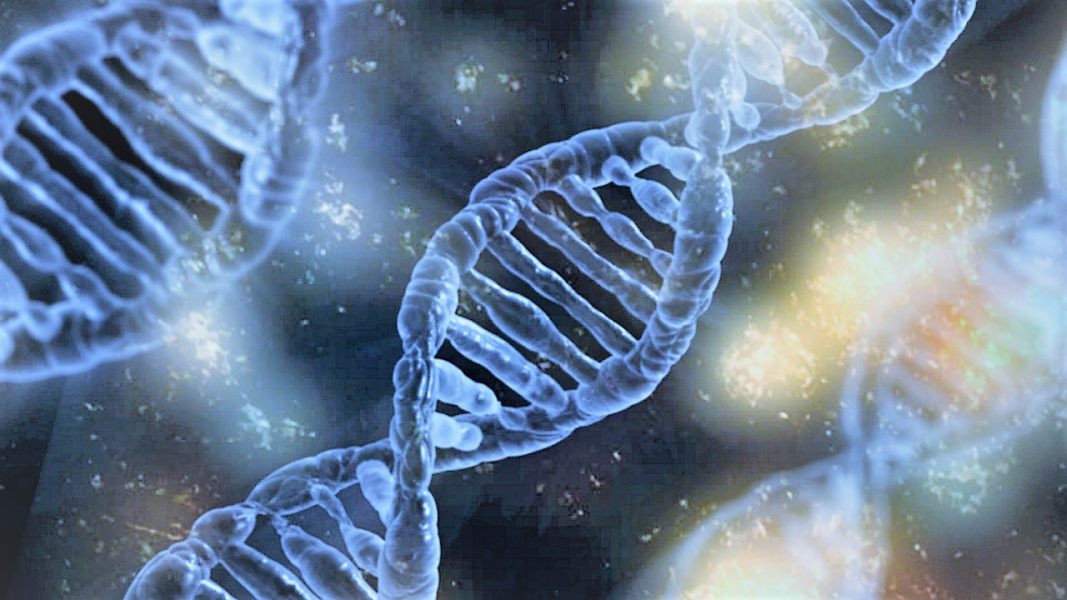Hybrid materials consisting of polymer building blocks and DNA strands which can serve as transporters for active medical ingredients are at the interface of organic chemistry, polymer chemistry and molecular biology. Here, DNA functions as an individually adaptable toolbox, which could be also interpreted as a programmable structural scaffold, thus allowing generation of many different molecules, depending only on the sequence of the DNA strand.
Huo and co-workers provide a broad overview of amphiphilic DNA nanotechnology.
DNA amphiphiles are based on hydrophilic DNA containing a covalently connected hydrophobic segment, which is usually a polymer or a small molecule. These DNA amphiphiles allow interactions of the DNA nanostructures with artificial lipid bilayers, membrane vesicles, and cells.
The authors discuss the synthesis, intermolecular assembly—from micelles to liposomes, interactions including anchoring, factors which influence the interactions, the stability of the complexes, and characteristics of amphiphiles—and provide a biological application overview on drug delivery, immunotherapy, gene silencing, sensing, and cell capture.
For example, for drug delivery, the DNA itself has no therapeutic or genetic function, but can be loaded with various substances and used as a vehicle for these substances.
Andreas Herrmann from the DWI Leibniz Institute and co-authors are convinced of seeing a further growth in this area addressing more complex functions including the fields of oncology, vaccination and theranostics.

















